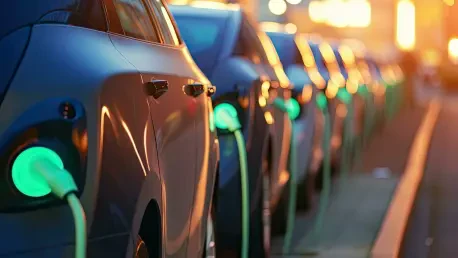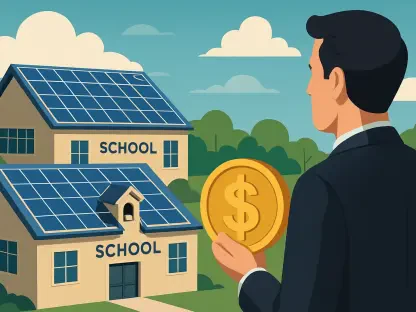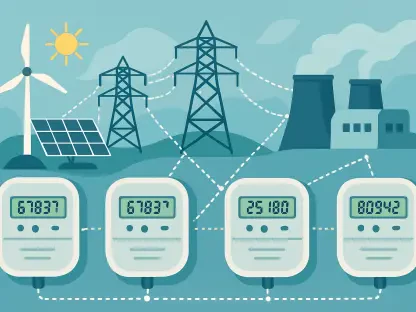China’s automotive sector is emerging as a global force in electrification, with passenger car sales and new energy vehicles experiencing remarkable growth. In April, sales increased by 14.8% year-on-year, reaching 1.78 million units, partly driven by government subsidies for auto trade-ins that counter limited consumer confidence due to U.S. tariffs. Over the first four months, total sales rose by 8.2%, reflecting China’s strategic position in promoting electrically charged and fuel-efficient alternatives.
Driving Factors Behind China’s Automotive Boom
The Chinese auto industry is redefining its path by leveraging government policies that favor electric vehicles. A pivotal surge in new energy vehicles underscores China’s commitment to environmental goals. Various factors, including reduced oil prices globally, have motivated this transition. Government subsidies previously introduced have made EV production viable and affordable, further cementing China’s status as a leader in green transportation technology. Consumers are witnessing a shift in automotive manufacturing that integrates forward-thinking designs with ecological benefits.
The Role of Subsidies in Shaping Consumer Decisions
Financial Incentives as Catalysts for Growth
Current policies allow consumers to trade in old vehicles for new energy models, offering financial relief and promoting eco-friendly choices. Noteworthy is the 33.9% rise in new energy vehicle sales in April, attributed to these subsidies. Experts emphasize how these incentives help offset other financial setbacks such as geopolitical tensions. Despite subsidies fostering demand, challenges exist, including governmental financial strains and the risk of EV market saturation.
Shift in Consumer Perspective
Shifts in consumer attitudes are traceable to subsidy policies that enhance the attractiveness of EVs as cost-efficient investments. These incentives bridge gaps by lowering initial costs, leveling the playing field between EVs and traditional automobiles. However, detaching from subsidies could expose vulnerabilities within the marketplace. Solutions involve improving technological advances like battery efficiency and broadening initiatives beyond city-centric areas to accommodate diverse populations.
Urban vs. Rural Dynamics in EV Adoption
Regional disparities reveal different EV adoption rates, with urban centers more receptive than rural regions. Innovations in automation originally promised enhanced sales but have faced scrutiny after safety concerns arose. For continued progress, comprehensive infrastructure development like modernized grids and recycling efforts will support sustained adoption and dispel myths regarding EV practicality. Correcting misconceptions is essential to maintain trajectory, incorporating consumer education about long-term benefits of electric vehicles.
Forecasting China’s EV Market Potential
The industry’s outlook includes expanding infrastructure, with quick-charging installations promising vigorous growth. A potential shift in economic policies and tax incentives could encourage technological advancements and reinforce regulatory compliance. Looking forward, global forces may shape China’s automotive strategies, including battery tech improvements and international trade negotiations that could affect market dynamics.
Strategic Insights for Stakeholders Amidst Changing Market
Understanding subsidy frameworks is key for businesses aiming to penetrate China’s evolving market. The fusion of incentive programs and adaptable methods offers a roadmap to strategically engage with consumers. Sustainability practices must steer EV momentum properly while buyers can strategically capitalize on subsidies offering financial incentives. Incorporating practices in harmony with governmental measures will enhance profit margins without overreliance on temporary solutions.
Conclusion and Considerations for Future Strategy
China’s car sales surge, driven significantly by EV subsidies, highlights the profound effect of fiscal policies on reshaping automotive landscapes. The dynamic interplay between policy frameworks, industry evolution, and consumer behavior necessitates ongoing strategic innovation. To sustain momentum, China’s automotive sector will need to balance technology advancements with thoughtful regulation, welcoming imaginative solutions from stakeholders to empower its future trajectory devoted to sustainable progress.









